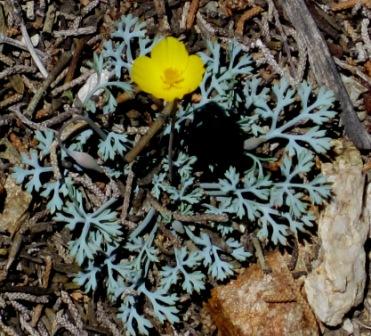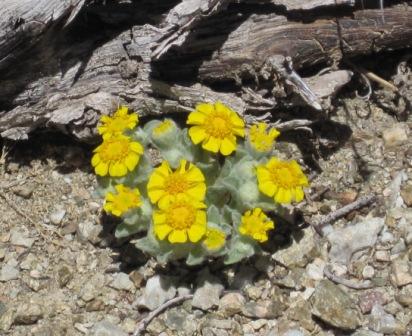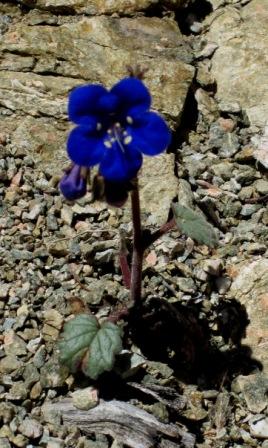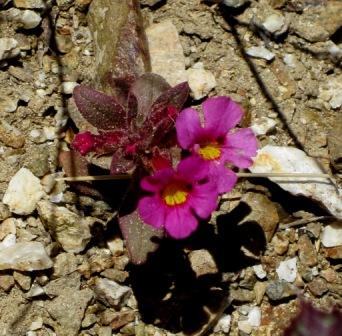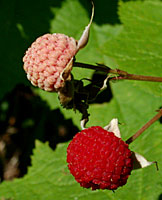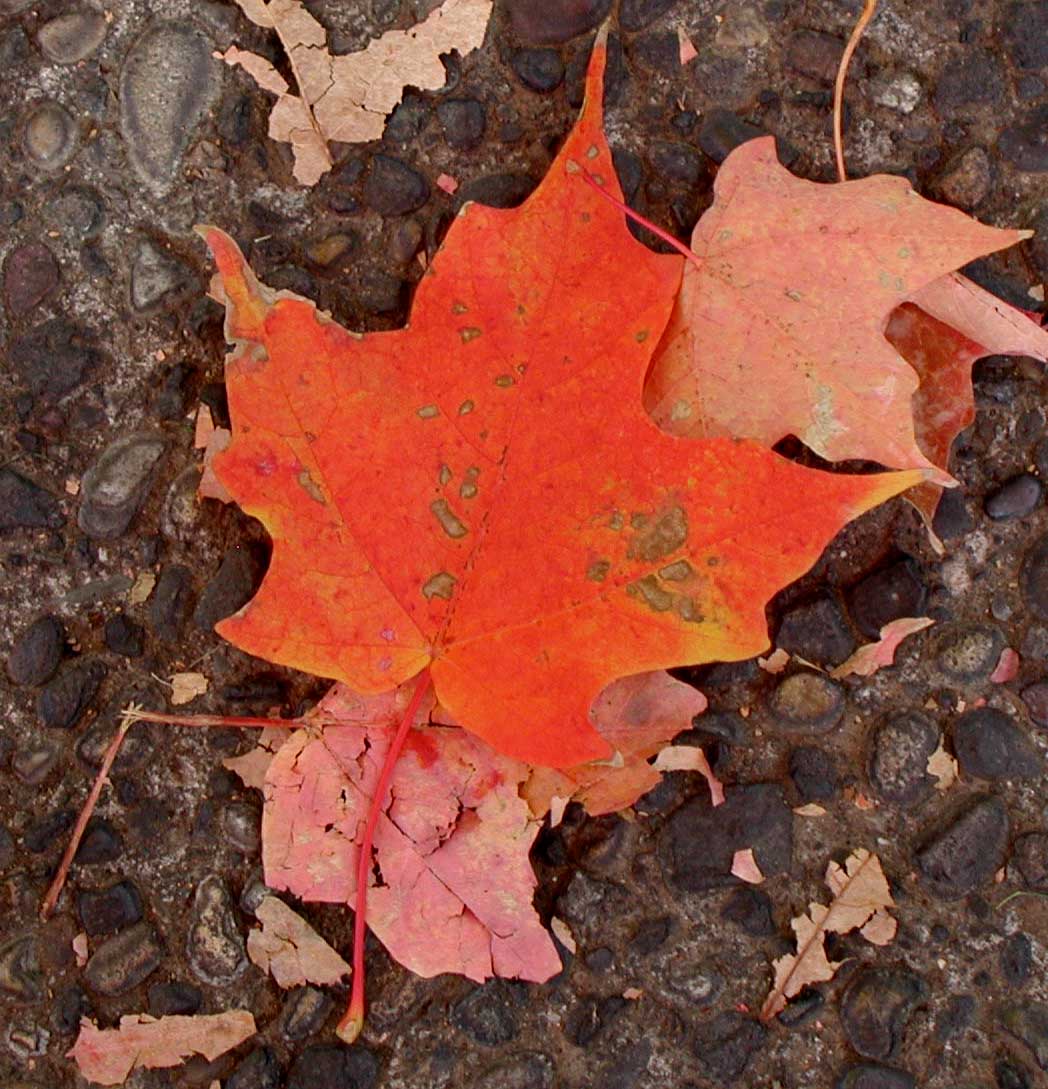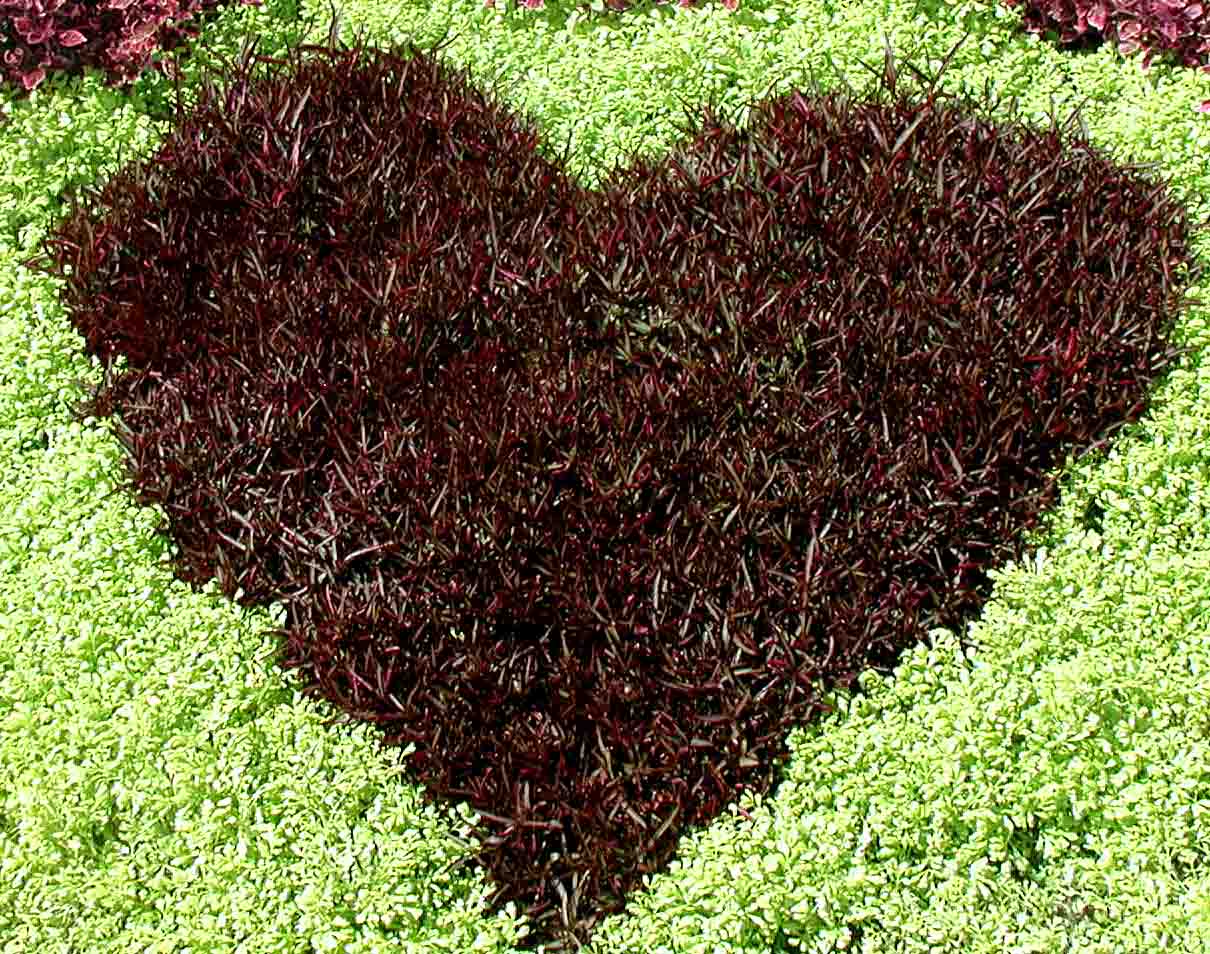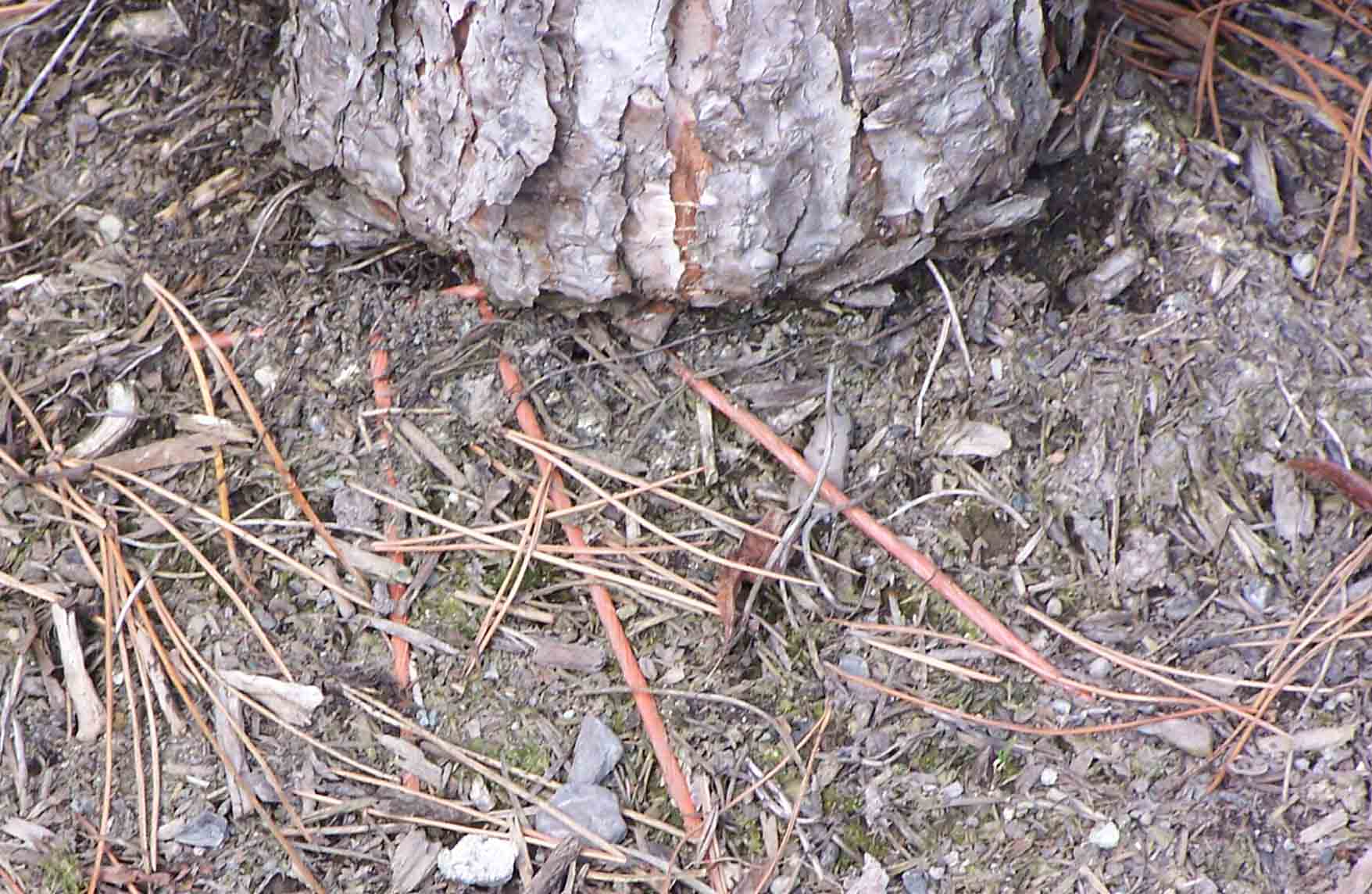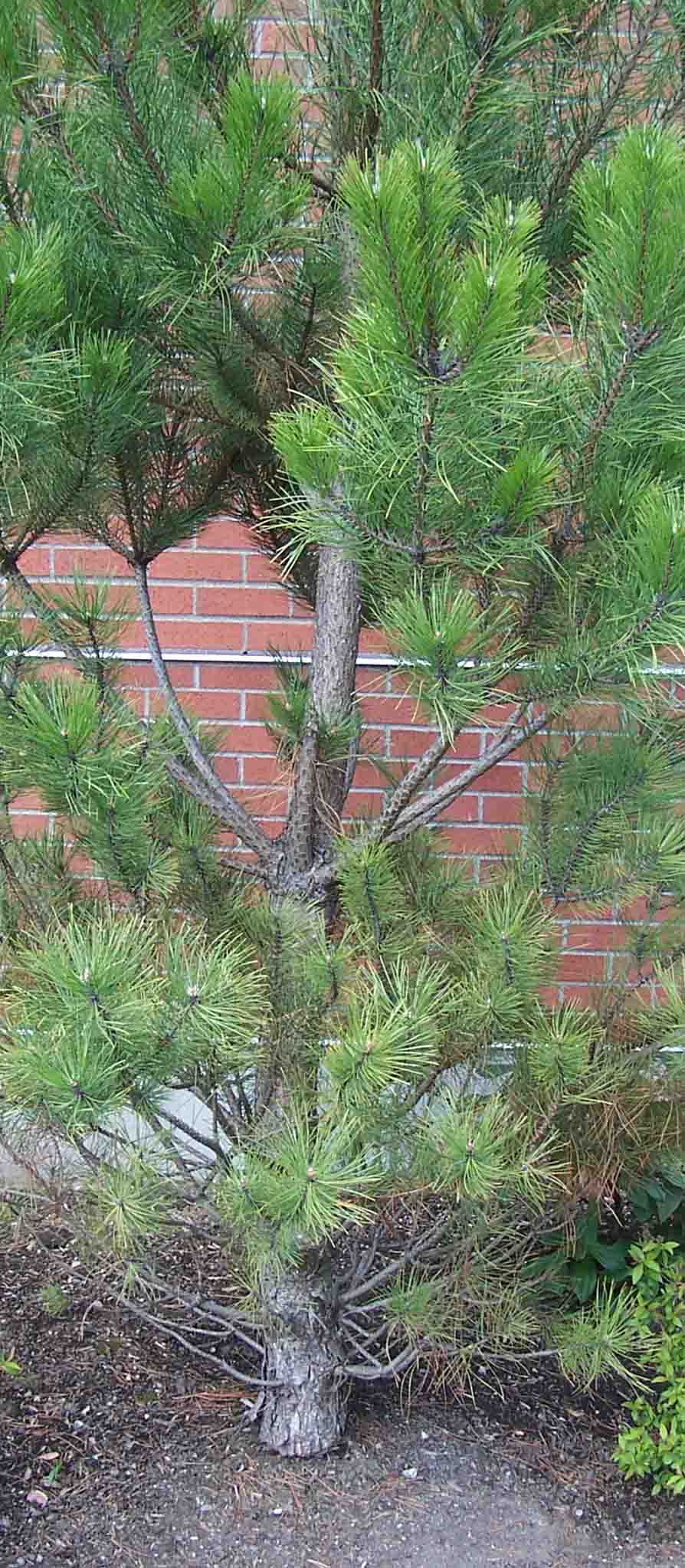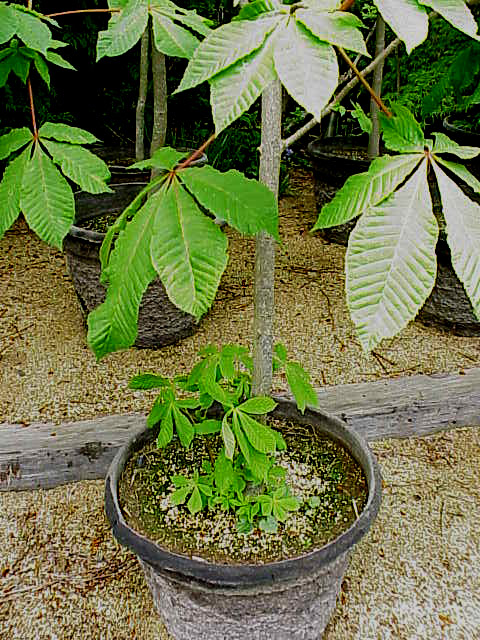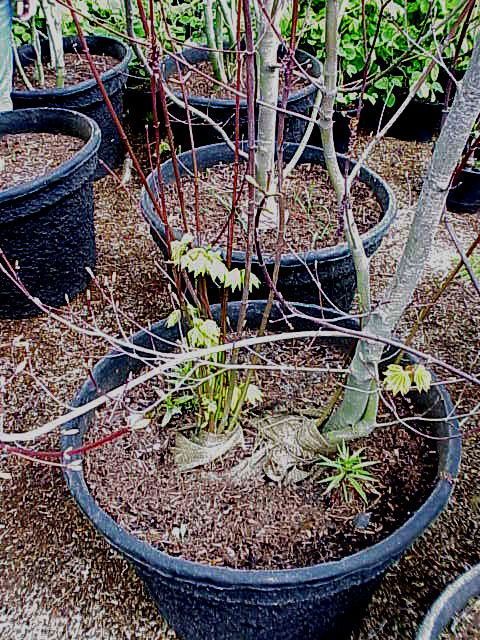
Last week Jeff kicked off a lively discussion about invasive plants. Let me state up front that no one on this blog is promoting invasive plants. But the issues surrounding invasive plants are extremely complex and have profound implications for many groups with whom we work in landscape horticulture and urban and community forestry. It is essential in these discussions that we separate fact from hyperbole. In some quarters, lines have been blurred and people fail to make key distinctions and lump exotic, alien, or non-native species together with invasives. According to the Federal Executive Order on Invasive species “Invasive species” means an alien species whose introduction does or is likely to cause economic or environmental harm or harm to human health. All invasives are alien but only a small fraction of alien species are invasive (all humans are mammals but not all mammals are humans). Nevertheless, there is a temptation to ‘hedge all bets’ and promote only native species for horticultural planting since native plants, by definition, cannot be invasive. In addition, there is a ‘feel good’ aura that surrounds native plants – if they’re native they must be good – that clouds some of the logic in the argument.
Some examples:
Natives are more stress tolerant and better adapted than exotics.
Really. If native plants are always better adapted, why do we have invasives? Shouldn’t the “better adapted” natives out-compete them? Stress tolerance and adaption are a function of natural selection pressures of the environment in which a species or population evolves. The world is full of stressful environments and, therefore, lots of stress tolerant species. There is no a priori reason, for example, to believe that a native species needs less water than an exotic. The ability to withstand drought depends on the particular species in question. I’ve done a lot of research on stress physiology of Scots pine – few, if any, native species here in Michigan can match it for drought and cold hardiness. Moreover, as Jeff pointed out, most of our urban and suburban environments no longer reflect native conditions. Urban heat islands can result in temperatures 10-20 deg. F warmer than the native countryside. In our research on heat island effects in downtown Lincoln, NE we logged temperatures in tree canopies in excess of 125 deg. F. These temperatures were coupled that with the usual urban conditions of impervious surfaces and compacted soils – what tree species is native to that ecosystem?
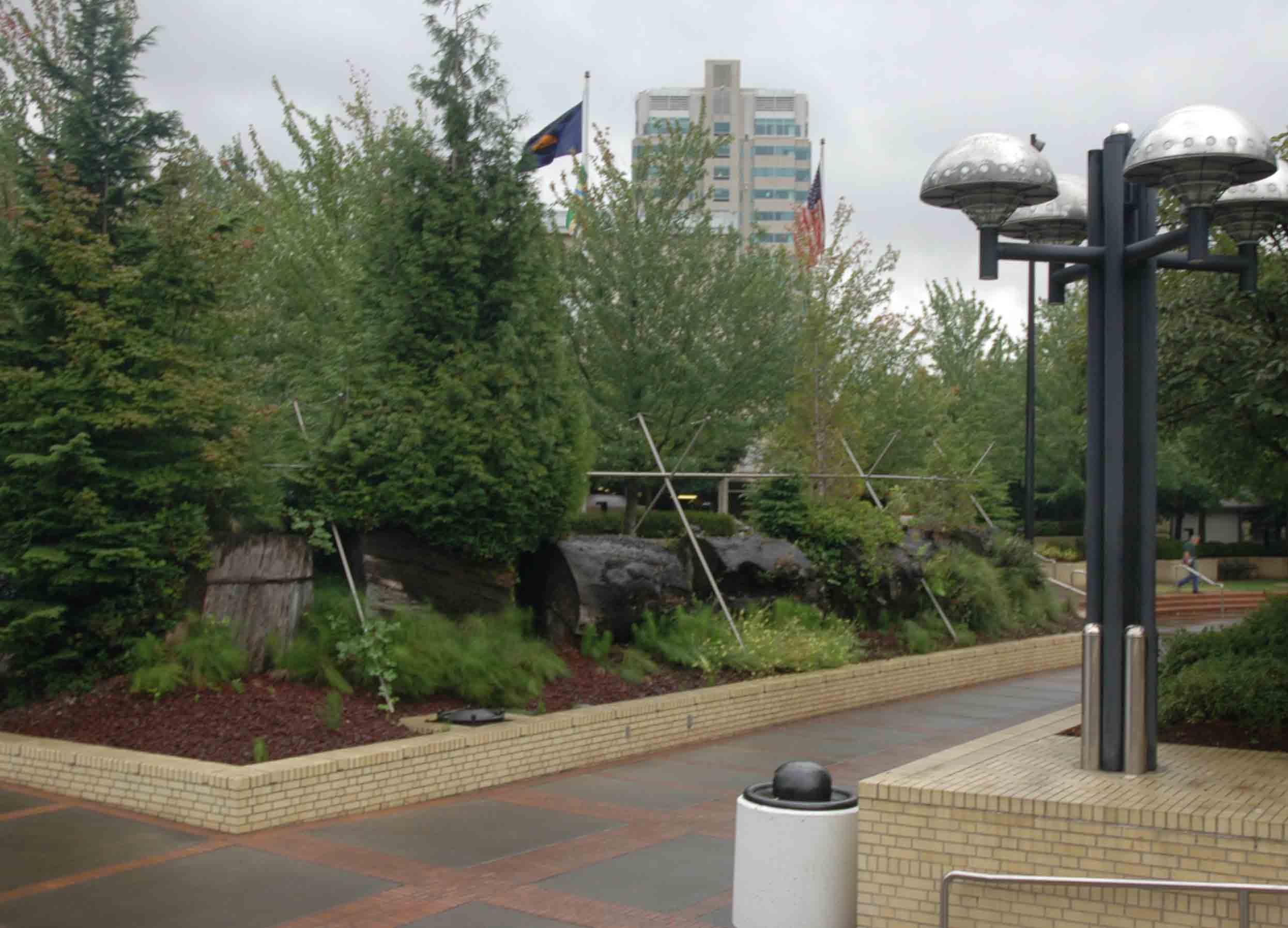
Native restoration? This nurse-log ecosystem is typical of forests in western Oregon & Washington. Trying to keep it alive in downtown Portland requires constant mist irrigation..
Native plants are more pest resistant than exotics. This would be true if native pests were all we had to contend with. But the exotic pest train has already left the station. Emerald ash borer, Dutch elm disease, white pine blister rust, chestnut blight, Asian long horned beetle, and sirex wood wasp are here and here to stay. And their friends are coming. The continued expansion of global trade will almost undoubtedly mean that exotic pests, for which native trees have not evolved resistance, will become more, not less, of a problem in the future. Relying exclusively on native trees means more, not fewer, catastrophic tree failures. Heavy planting of green and white ash, which are both native in Michigan, has resulted in the loss of 30% or more of the urban tree canopy to EAB in some Michigan communities.
Natives increase diversity This presupposes that exotic species do not or cannot fill niches occupied by natives. Exotics can certainly add structural diversity and age class diversity to an urban and community forest. I would also argue that they add to species biodiversity as well. If we consider an urban community such as Lansing or Detroit, there are maybe six or seven native tree species that we could expect to have reasonable longevity as street trees. If we expand our choices to include non-natives we can expand the list to twenty or so. Not a huge number to be sure, but still a better hedge against catastrophic urban tree loss that the ‘native only’ policy.
Where to go from here? We cannot ignore that fact the invasive plants are a huge economic and environmental issue. Presently we do not have models that will accurately predict which exotics will become invasive and which ones won’t. Trees that are demonstrated to be invasive in a given environment need to be dropped from planting programs. Except for the desert Southwest and parts of the Plains, every region of the country has great native trees that can. and should, be an integral part of their urban and community forests. While it’s tempting to play it safe and promote natives only, this policy has significant shortcomings. Urban and community forests provide enormous economic, environmental, and societal benefits. In order for our urban forests to provide these functions over the long term we need as broad an array of trees species as possible, including appropriate exotics.


